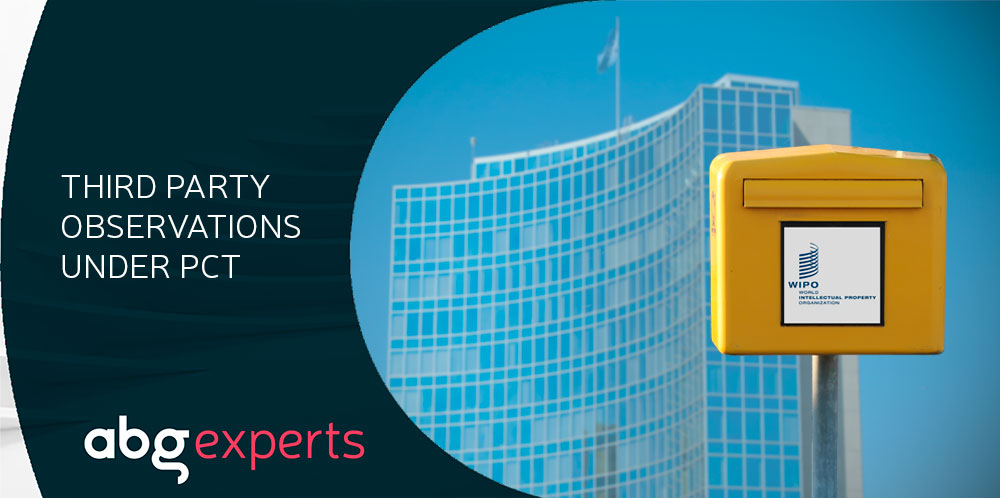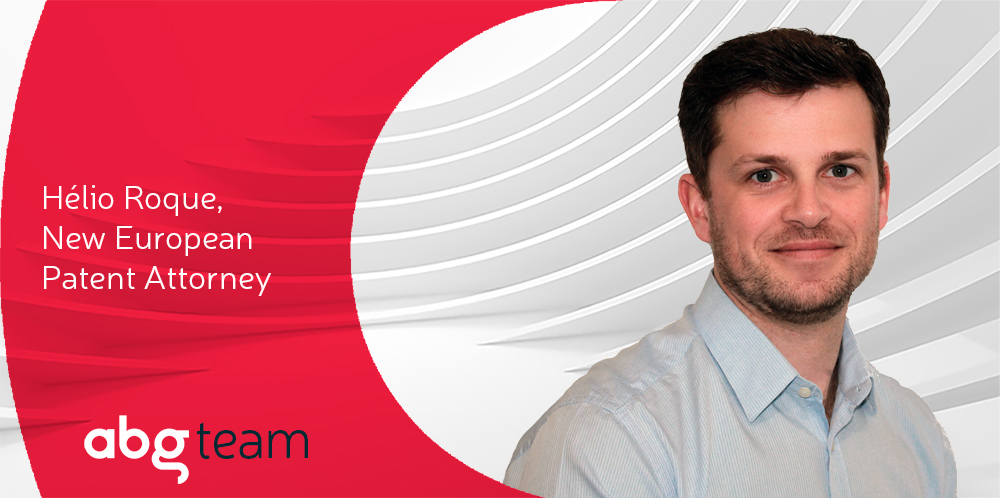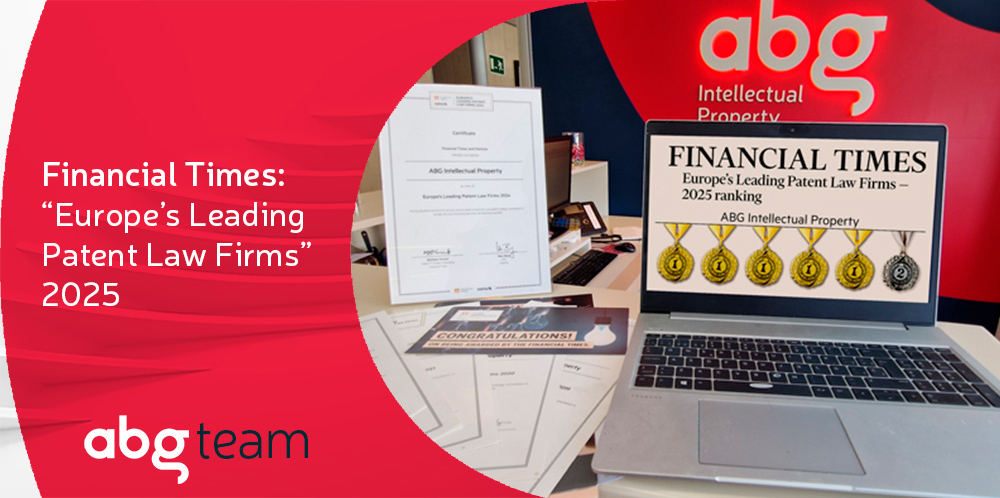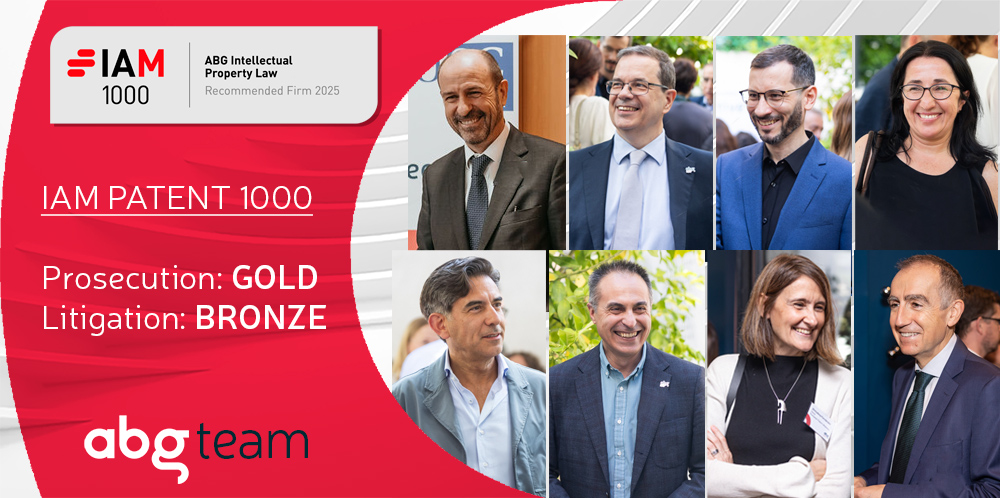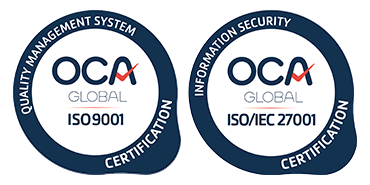Since July 2012, it has been possible to submit third party observations against patent applications filed under the Patent Cooperation Treaty (PCT) during its international phase.
In this way, through a single submission of observations in the international phase, it is possible to send to the different patent offices of the subsequent national phases prior art documents that may be relevant to determine the novelty and/or inventive step of the invention that is the subject of that PCT application, potentially multiplying the impact of those observations.
Who can submit third party observations on a PCT application?
Anyone can submit third party observations on an international or PCT patent application.
To submit observations, it is necessary to have a WIPO account. Although it is necessary to sign in through this account to be able to submit observations, the person submitting the observations can indicate that he wishes to do so anonymously and, in that case, neither the applicant nor the corresponding International Authority nor the national/regional offices will be informed of his identity.
Regardless of whether observations are submitted anonymously or not, the third party that submits them is not party of the procedure and, therefore, will not be able to take action in said procedure beyond the submission of the observations. This situation is similar to what occurs with the third party observations before the EPO.
The same person can only submit third party observations once for each PCT application. In addition, only a maximum of ten third party observations on the same application are accepted.
When can third party observations on a PCT application be submitted?
Third party observations can be submitted after the publication of the international patent application and before the end of the 28-month period from the priority date.
On what grounds can third party observations on a PCT application be submitted?
In the case of observations on PCT applications, it is possible to submit them based on published documents that may be relevant to determining the novelty and/or inventive step of the invention to which the application refers.
Therefore, it is not possible to submit these observations in the international phase based on unpublished prior art, such as prior use or oral disclosure, nor for reasons other than novelty and inventive step, such as clarity or sufficiency of the description.
How can third party observations on a PCT application be submitted?
They must be submitted through the ePCT system, so it is necessary to have a WIPO account (without strong authentication).
Observations must be in a PCT publication language (i.e. English, Spanish, French, German, Portuguese, Chinese, Japanese, Korean, Russian or Arabic), although the prior art documents on which the observations are based may be in any language.
Regarding the language for submitting the observations, it is important to take into account that, although they can be submitted in any of the PCT publication languages, the International Bureau will not provide translations of such observations to the corresponding International Authority or to the national offices. Therefore, it is advisable to submit the observations in a language that can be understood by the applicant and the Offices that are considered of greatest interest.
The observations must cite a minimum of one and a maximum of ten documents, which may consist of prior art documents with a publication date prior to the international application filing date or patent documents with a priority date prior to the international application filing date.
For each of the prior art documents that are cited, the system provides a form to include the bibliographic data and an explanation of why that document is considered to affect the novelty and/or inventive step of the claims of the PCT application, with a maximum length of 5,000 characters per document. Once the forms for the cited documents have been completed, the system also makes it possible to attach an additional pdf document with information that cannot be included in the previous forms (for example, equations, drawings or an explanation of how the combination of certain documents affects the inventive step).
Although it is not mandatory, it is highly recommended to also include a copy of each of the cited prior art documents so that the examiner can take them into account. Up to three documents can be attached for each prior art reference that is cited (for example, to be able to include a document and a translation of it or of the most relevant parts).
There is no official fee for the submission of third party observations.
What is the procedure for third party observations submitted on a PCT application?
Once the third party observations have been received, the International Bureau will verify that they do not relate to issues other than novelty or inventive step.
Once the observations are accepted, the International Bureau will inform the applicant of their submission and publish them in PATENTSCOPE.
If the International Bureau has not yet received the International Search Report or the Supplementary International Search Report, it will also transmit the observations to the International Searching Authority or the Supplementary International Searching Authority, respectively, so that they take them into account when preparing their report if they are received in sufficient time and if they include a copy of the cited documents or said documents are immediately accessible to the examiner.
If the International Preliminary Examination has been requested and the International Bureau has not yet received it, it will transmit the observations to the International Examining Authority so that they are taken into account when preparing the International Preliminary Examination Report, provided that they are received in sufficient time and they include a copy of the cited documents or said documents are immediately accessible to the examiner.
Before the end of the 30-month period from the priority date, the applicant may submit comments on the observations filed against his application, if he so wishes. These observations will also be accessible to the public through PATENTSCOPE.
Shortly after 30 months from the priority date, the observations (and the applicant’s comments, if any) will be reported to the national/regional offices (formally called Designated or Elected Offices), although these offices are not obliged to take them into account during the national/regional phase of the PCT application.
Therefore, if the observations are submitted after the International Search Report has been issued and the applicant does not request the International Preliminary Examination, no international phase assessment will be made on the relevance of the observations. In any case, the submission of these observations allows, through a single filing during the international phase, the relevant state of the art to be sent to the different national/regional offices.
When the Designated/Elected Office is the European Patent Office (EPO), and the international patent application for which observations have been submitted enters the regional phase in Europe, the EPO basically applies the same procedure as in the case of third party observations submitted directly on a patent application pending at the EPO. However, in this case, the EPO will only do its best to issue its next communication within three months from the end of the period under Rule 161 EPC if, in addition to submitting substantiated observations in a non-anonymous form, the third party has clearly indicated its wish to accelerate the European phase.
Conclusions
Through the submission of third party observations in the international phase, it is possible to influence the processing of a PCT patent application, warning of the existence of prior art documents relevant to the novelty and/or inventive step of the application.
Depending on whether the observations are submitted in time for this, the International Searching or Examination Authority will take them into account before preparing its corresponding report. In addition, third party observations submitted in the international phase will be sent to the national/regional offices.
In this way, the submission of third party observations in the international phase allows, centrally and through a single submission, the relevant prior art to be sent to the different Designated Offices, instead of having to make multiple submissions of third party observations at each of the national/regional offices of interest.
Therefore, the submission of third party observations on a PCT application represents a cost-effective and very practical tool to take action early in a patent application procedure.
Legal Basis
– Administrative Instructions under the Patent Cooperation Treaty, Part 8:
https://www.wipo.int/pct/en/texts/ai/ai_index.html.
– Third Party Observations User Guide:
https://www.wipo.int/export/sites/www/pct/en/epct/pdf/epct_observations.pdf.


